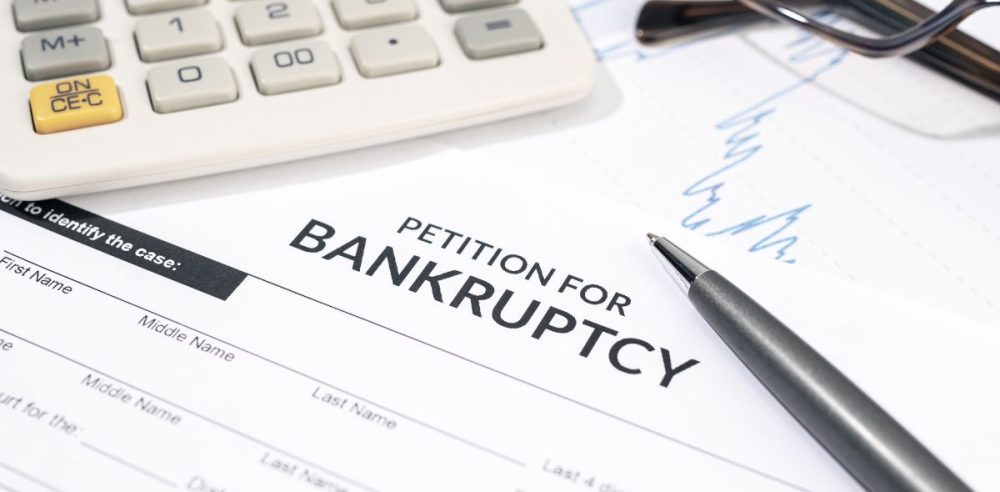Since the onset of the COVID-19 pandemic lockdowns, the Metroplex has experienced an uptick in business bankruptcies as companies struggle with elevated interest rates, historically high inflation, and shifting consumer preferences.
The trend is not isolated to North Texas.
Business bankruptcy filings surged over 40% across the country for the year ending June 30, 2024, according to the latest available data.
In the Metroplex, federal courts saw 311 Chapter 7 and Chapter 11 business bankruptcies from the beginning of the year through Oct. 4. This represents a roughly 17% spike compared to 2023.
Like all businesses across the country, those in North Texas have grappled with rampant inflation in recent years, reaching as high as 9.1% in July 2022. That, in turn, prompted the Federal Reserve to enact an aggressive tightening campaign that it only recently began to unwind when it trimmed rates back half a percentage point in September.
At 5%, interest rates remain the highest they have been since 2007. For businesses requiring financing, this equates to costlier borrowing.
While inflation has settled significantly, dropping to 2.4% in September, it remains above the Fed’s target rate of 2%. Even following an inflationary period, prices are “sticky,” meaning that even if inflation is down, prices aren’t.
Inflation and interest are not the only challenges facing businesses in Dallas-Fort Worth. Michael Napoli, a partner at Akerman LLP, a bankruptcy and reorganization group, says the “fallout from the pandemic” helped drive a surge in bankruptcies.
According to Napoli, attendance at businesses like restaurants, shopping malls, and movie theatres has already declined in recent years. The pandemic, he believes, only accelerated the trend.
“These businesses have managed to hang on for the last several years, but the money’s gone… Interest rates are up, so it’s very hard to refinance,” said Napoli, per the Dallas Business Journal.
Another factor Napoli admits likely contributed to heightened bankruptcy filings is the change made to the debt limit for small businesses wanting to qualify for Subchapter V of Chapter 11.
During the pandemic, the debt limit to file under Subchapter V was $7.5 million. As of June 2024, however, that limit was reverted to just over $3 million, the same cap that existed before the pandemic.
According to S&P Global, across the United States, 452 bankruptcies were filed during the first eight months of the year, the highest amount since 2010.


